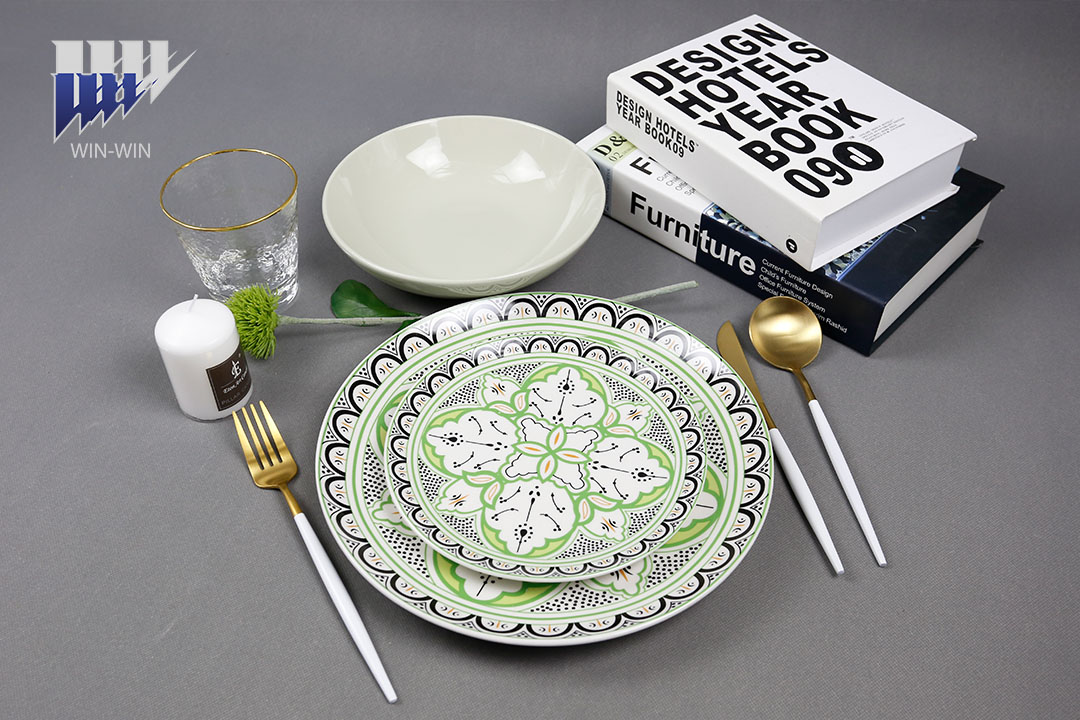Bone china, also known as bone china, is to add some animal ashes to the raw materials during firing, usually the bones of pigs and cattle, so as to increase the transparency of the porcelain and make it more artistic.
Strictly speaking, bone china is not popular in China. In the late 1970s, ceramic craftsmen in Tangshan area used foreign newspapers to describe bone china, and the products they developed had a great impact on the domestic ceramic industry. Push. At the beginning of the 21st century, Chinese bone china with sufficient price competitiveness quickly entered the world bone china market, and British and Japanese bone china manufacturers closed down due to high production costs. Due to the growth of China’s economy, bone china manufacturers turned to domestic sales in China. Bone china, a high-end porcelain specially used by the British royal family, finally entered the homes of ordinary people.
Bone china is a kind of low-temperature soft porcelain, which cannot be drawn by hand, and can only be produced by mold spinning or grouting. In other words, bone china must be mass-produced, and the cost of individual production in small batches is too high.
The entry of ashes has greatly improved the function of porcelain, but the amount of entry is limited. The higher the bone ash content, the lower the plasticity of porcelain clay. General (high content) bone china fine bone china contains about 40%~42% bone ash. It is difficult to form when it exceeds 45%.
Post time: Mar-08-2023







